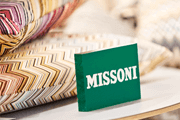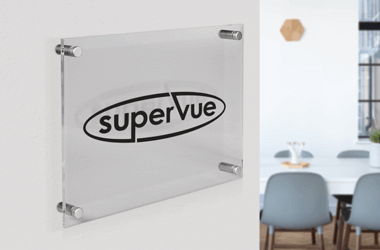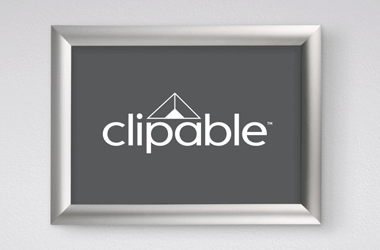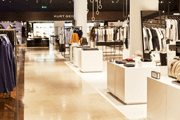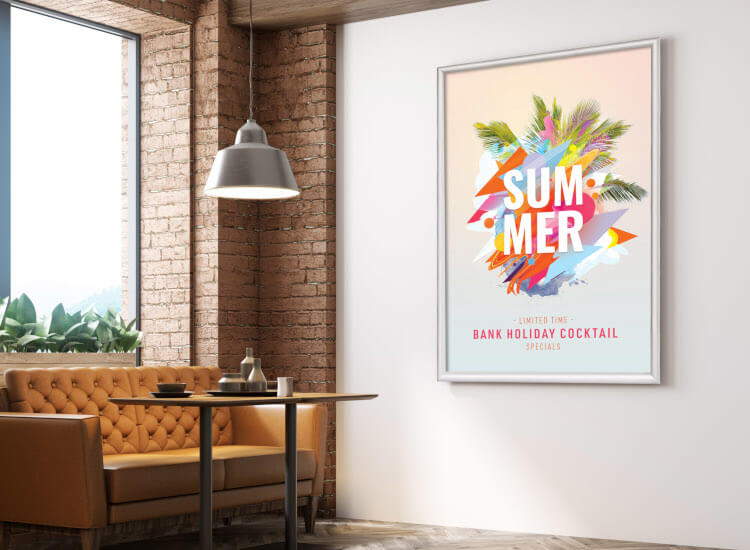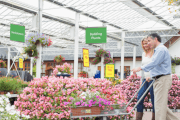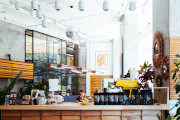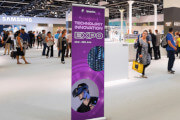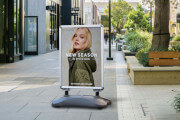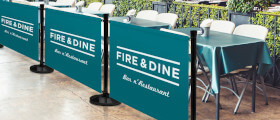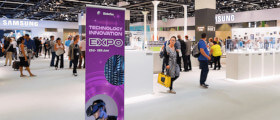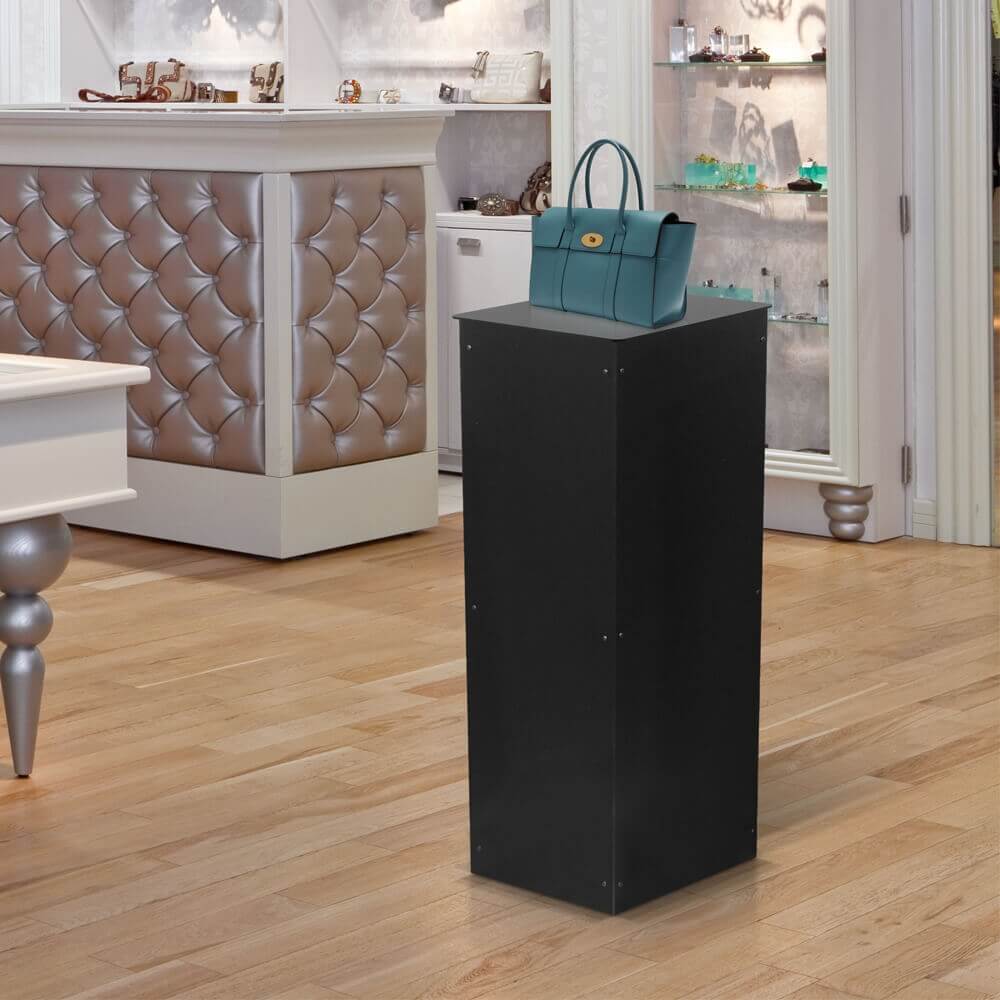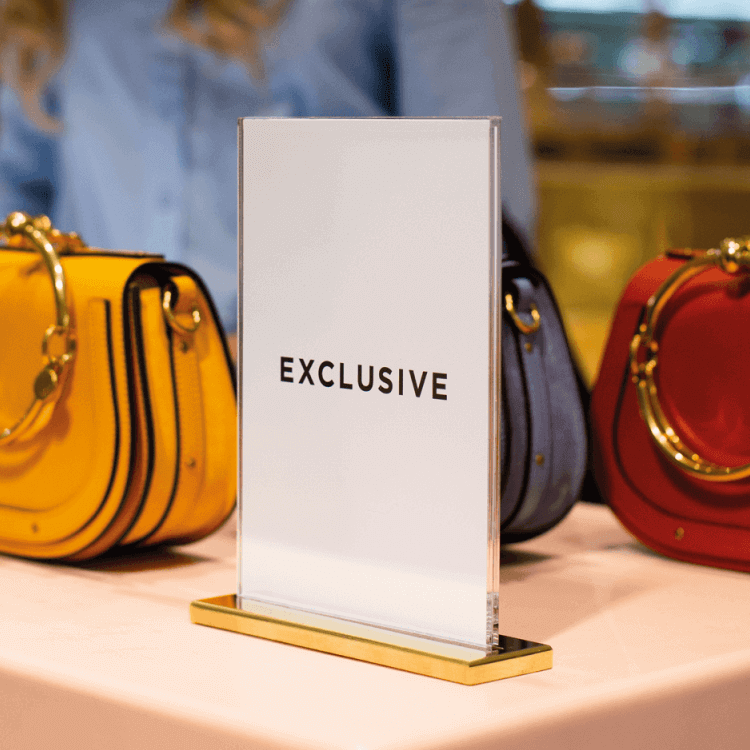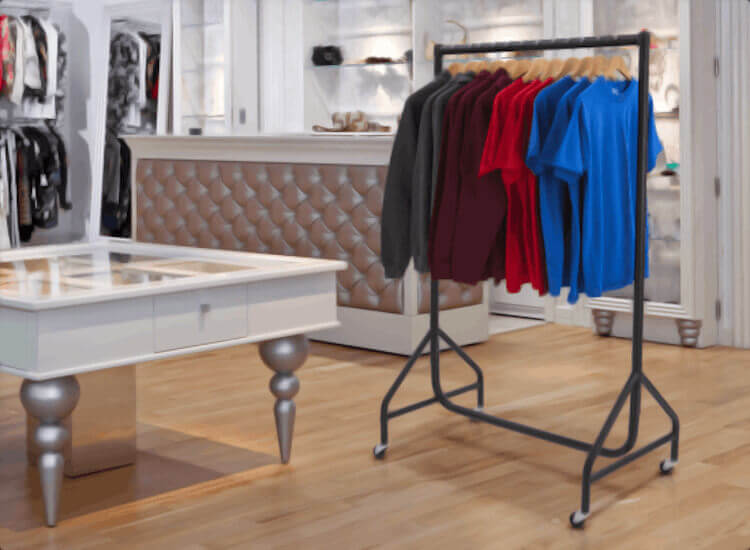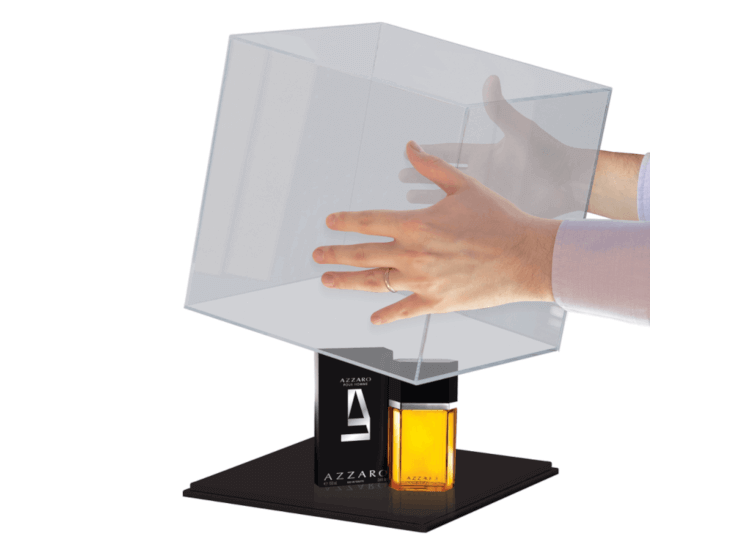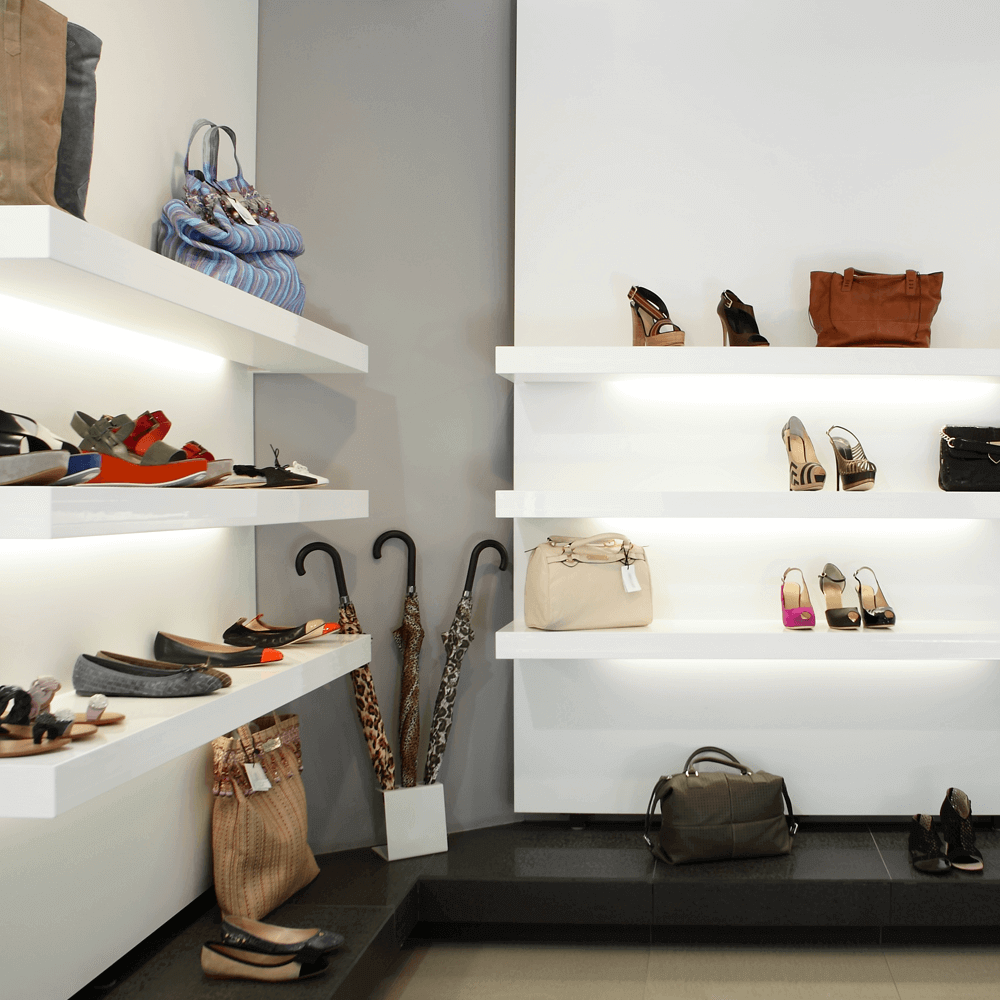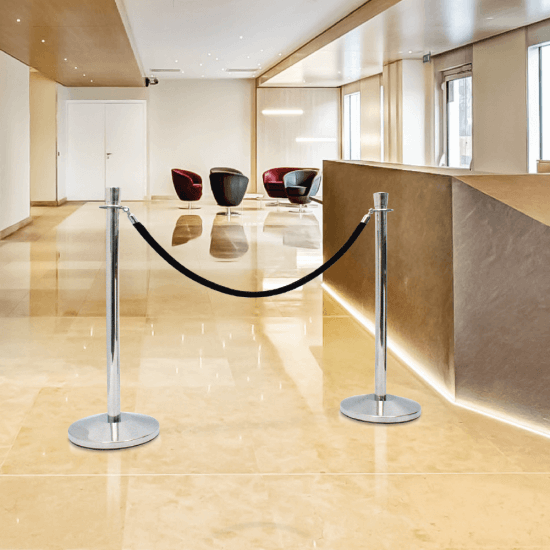How To Sell Luxury Items with Luxury Point of Sale Displays
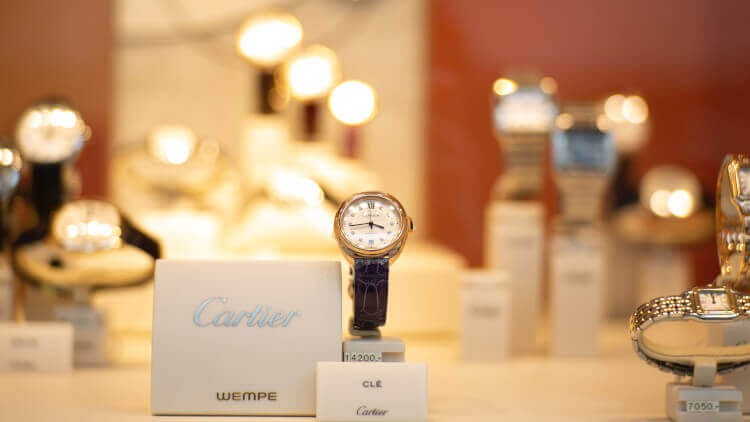
Luxury shopfitting displays are a key part of any luxury retail space. They not only provide an exquisite setting for your merchandise, but they also help you to create an unforgettable customer experience.
Visual merchandising involves using various materials, trimmings and styles. These can have a major effect on customers' views of your brand and product quality. Invest in quality point of sale displays for high-end stores. Wealthy customers will recognize the difference, so don't skimp on expense!
So why do people choose luxury products? And how can you use high end retail displays to increase sales in your luxury store? Read on to learn more...
How do you provide a luxury retail experience?
As part of luxury retail, you must consider three key points of the customer experience: pre-sale, purchase and aftercare.
These three points can crucially affect your success, since wealthy customers expect a comprehensive, bespoke experience. If these expectations aren’t met, your brand will have less favourable results.
A personalised pre-sale experience could include targeted advertising and customised product suggestions, discussing requirements, or even providing a personal shopper.
What makes a luxury retail experience at the point of sale?
- The experience must be streamlined. Ensure a convenient and efficienct transaction.
- Your customers must feel valued and respected. Consider the friendliness and helpfulness of the sales assistant.
- Environment and atmosphere are so important at the point of sale. Is it clean and well organised, with beautifully designed displays?
- Provide additional packaging options, such as a gift-wrap service, or an exclusive carry bag.
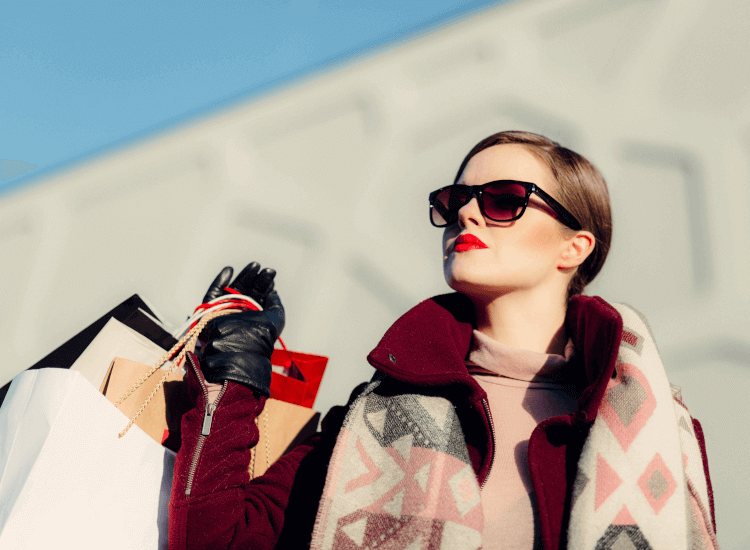
Post-purchase aftercare can have a great impact on customer perceptions. It can help build a positive and evolving relationship with customers, which leads to brand loyalty.
This demonstrates to the customer that your company sees and treats them as an individual and values their patronage, developing an ongoing relationship rather than an impersonal transaction.
The key message is that you must work hard to ensure your customers really feel valued on an individual level - this experience usually carries a price tag!
Luxury Retail POS Essentials
-
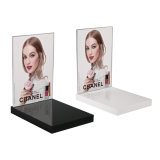
Premium Product Glorifier Unit
PHS In stockFrom: £19.13 ex. VATView -
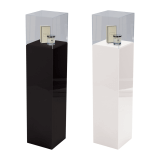
Pedestal Display Case
ADCP In stockFrom: £229.00 ex. VATView -
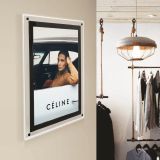
LED Illuminated Poster Kit Wall Mounted
WML In stockFrom: £70.18 ex. VATView -
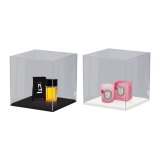
Acrylic Display Case
ADC In stockFrom: £17.98 ex. VATView
How to sell luxury merchandise with your shopfitting displays
The layout, colour, quality of fixtures and thematic décor of your luxury point of sale can all affect a customer's perception. Consistency in these aspects is important.
The ideal POS materials and store layout depend on what exactly you are selling, and what portion of the market you are targeting.
For example, a bespoke, high-end accessories company may target young people and wish to present an image that is sleek, fashionable and highly creative.
This company might benefit from using clear acrylic displays or metal displays to suit either their branding or their current big promotions or lines.
A business that specialises in luxury spa treatments, on the other hand, may wish to have a more natural and rustic sort of theme and this ought to be reflected in the branding of their luxury point of sale display stands and sign holders.
For a more traditional, natural or classic appearance when selling luxury items, displays manufactured from wood, stone and wicker can be very popular, such as wooden ladder shelving.
Whatever display type or material is used, however, the most important factor is whether you're able to confidently and consistently carry your design throughout the store, other branches and online in order to create a reassuring sense of cohesiveness and reliability.
Research found that different types of visual merchandising displays can trigger consumers to discriminate between 'high image' and 'low image' displays [1]. Cues include fixture types, materials and presentation techniques.
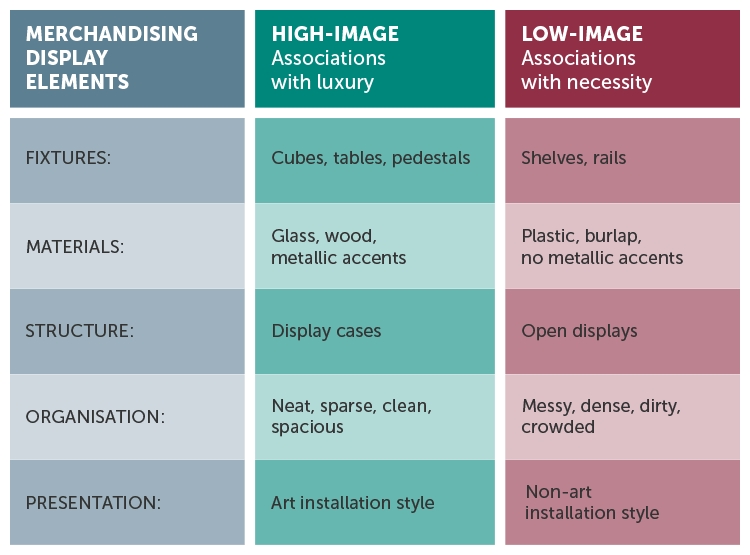
Museological (or museum-like) presentation techniques, which include the art installation style, act as a cue for perceptions of luxury [2]. Therefore, luxury shopfitting must be undertaken with careful consideration towards materials and display style.
Using traditional museum presentation techniques in retail gives luxury products an artistic value. They also create an air of authority and "priceless authenticity".
This leads consumers to perceive these products as more luxurious and less risky to purchase [3].
The research offers further guidance into the right display types for luxury shopfitting. For example, containing merchandise within an enclosed display cube enhances perceptions of exclusivity.
Increase the perceived quality and scarcity of certain products by raising them on plinths and adding museum-like lighting. This will reduce the perception of risk factors associated with a large purchase.
Luxury visual merchandising tips:
- Single-item displays establish the brand on show as being unique and not mass-produced.
- Display cases denote a secure area, implying the value and desirability of the displayed products.
- Spacious displays suggest prestige, in contrast to cluttered displays which hint at a bargain-hunter environment.
- Using heavier and more expensive display materials suggest a higher quality of goods, triggering a value perception in the customer. Use materials like marble, glass, metal and wood.
Luxury Point of Sale Display Supplies
-
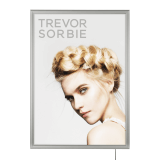
Premium LED Illuminated Poster Frame
LEDA In stockFrom: £98.71 ex. VATView -
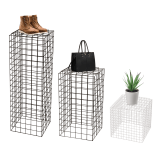
Wire Display Plinth
WDP In stockWas: £69.58 From: £45.00 ex. VATView -
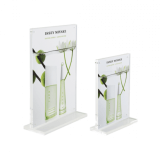
Heavy Duty Acrylic Block Sign Holder
AD12 In stockFrom: £18.64 ex. VATView -
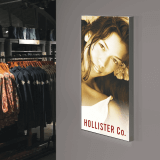
Fabric Tension System Lightbox
FAB3 In stockFrom: £275.00 ex. VATView
Furthermore, consider using acrylic standoff signs. They're popular for use in high-end stores, as they add a luxurious, high-quality aesthetic wherever they're placed. Standoff fixings are available in a range of sizes and colours to suit your decor.
Source your displays from a limited number of suppliers. This way, they will be familiar with your brand, helping to maintain consistency in brand control and production quality. This approach can also reduce costs overall, and provide better opportunity for custom displays [4].
The future of luxury merchandising: how to adapt
‘Luxury brands must acknowledge that their entire industry has changed from what it once was, and they must find the best ways to accommodate their current clientele’ - Mary Turner [5].
Millennials and Gen Z are reportedly contributing to ‘virtually all’ of the luxury sector annual growth [6]. These generations, however, have different desires to older shoppers. Therefore, luxury businesses must adapt in order to cater to both current and new consumers.
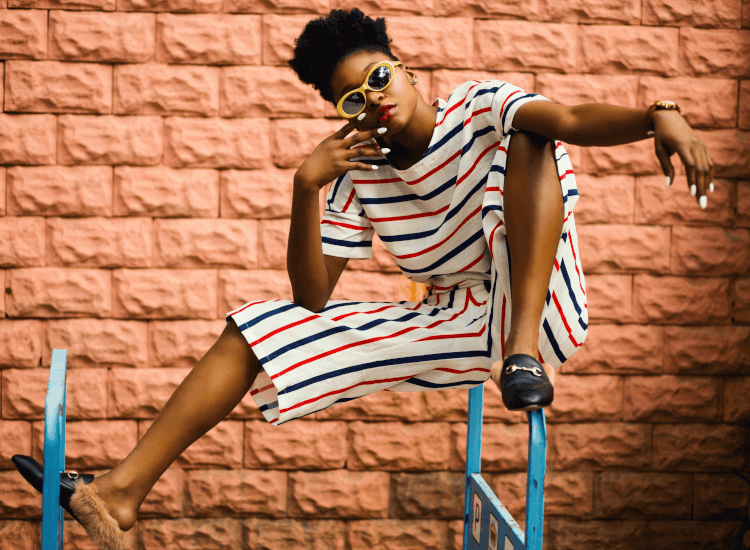
Despite the traditional understanding that luxury brands tend to carry products which are ‘timeless’, or able to age well, it has been found that millennial luxury shoppers are far more driven by trends and brand logos than older generations.
In contrast, it has also been found that Gen Z consumers are more ‘individualist’, wanting purchases to convey their unique personality (Bain study, 2018).
To remain competitive, luxury brands will need to re-evaluate their target market. Then consider how to meet their varied needs and expectations.
Combine the benefits of online and offline retail to sell luxury items
One way your luxury brand can embrace the future of luxury retail is by using digital displays in store.
digital tablet or kiosk could be set to display stock levels, available product sizes, bespoke adjustments, related products and more.
This way, shoppers get the full atmospheric in-store experience, while being able to access all the benefits of online shopping.
The head of sales strategy for Porsche Design at Harrods reported an 'immediate upturn in footfall and sales' after installing digital screens [7]. This is a great real-world example of how using these screens can work in a luxury environment.
Digital Displays for a Luxury Retail Experience
-

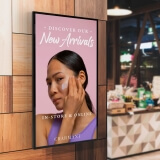
Android Wall Mounted Digital Display Screen
DDW2 In stockFrom: £564.00 ex. VATView -


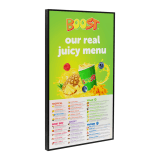
High Brightness Display Screen for Shop Windows
DDUH In stockWas: £1,720.00 From: £1,590.00 ex. VATView -
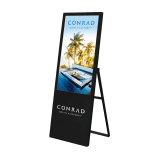
Digital A Board 43"
DAB02 In stockWas: £1,092.75 From: £983.48 ex. VATView -
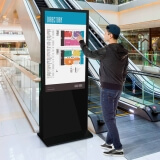
Touchscreen Digital Display Totem
DDV In stockWas: £2,063.29 From: £1,856.96 ex. VATView
Finally, make your products and displays safe and secure by using security locking cables and product tethers when displaying expensive products.
Found this article useful? You might like our guide to retail ambience!
References
1. Logkizidou, Gotsi and Andriopoulos, ‘Unpacking the Influence of Merchandise Display Cues on Luxury Brand Perceptions and Luxury Brand Purchase Intentions’, British Academy of Management Conference Proceedings (2013).
2. Logkizidou, Maria. ‘The Impact of the Visual Merchandise Display on Consumer Purchases of Luxury Brands: The Moderating Role of Cultural Capital’ (PhD Thesis, Cardiff University, 2016).
3. Logkizidou, Maria ‘Why Museological Merchandise Displays Enhance Luxury Product Evaluations: An Extended Art Infusion Effect’, Journal of Retailing, Volume 95, Issue 1 (March 2019), pp. 67-82.
4. Meauzé, Nicolas, ProcureCon Marketing Conference (2013), cited in ‘Preventing the erosion of your luxury beauty brands: choosing the right production model for point-of-sale materials’ ProProcure, 2015.
5. Turner, Mary M., ‘Evaluating the Perception of Luxury Brands in Today's Marketplace and the Impact of the Digital Age on these Brands’ (Marketing Undergraduate Honors Thesis, University of Kansas, 2016), p.25.
6. D’Arpizio, Levato, Prete, Del Fabbro and de Montgolfier, ‘The Future of Luxury: A Look into Tomorrow to Understand Today’, Bain, 10th January 2019.
7. Cheston, Guy, 'Digital screens within a luxury environment by Harrods', Annual Retail Marketing Conference (February 2013), POPAI, Boxfile.








